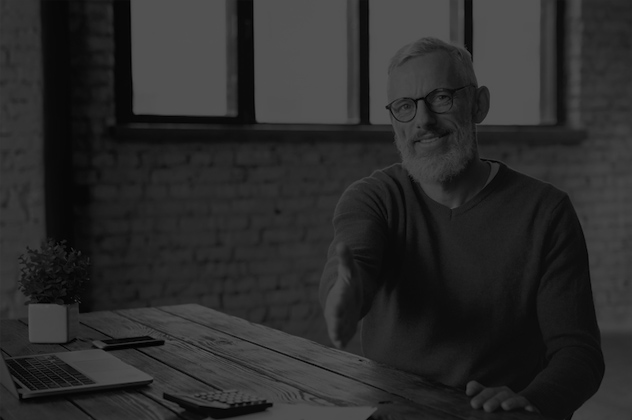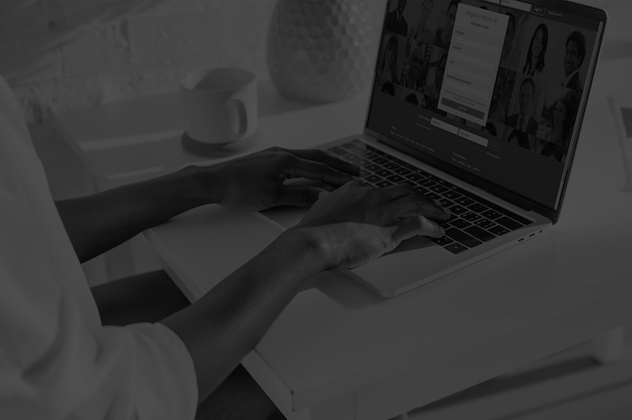When there’s a shortage of quality talent, candidates can afford to be choosy about the companies they work with. This is particularly true for highly skilled and experienced candidates, who often have multiple companies courting them at any given moment. So it’s not shocking that with so many great options to choose from, companies with...
Continue reading ...
When it comes to landing top talent, the stakes are high. According to Harvard Business Review, over 80% of employee turnover can be attributed to poor hiring choices. Similar research from the U.S. Department of Labor shows that the cost of a bad hire is 30% of the employee’s first-year earnings. Add to that the...
Continue reading ...
Do you need to fill positions in your automotive supplier business? Do you want to work for an automotive supplier, but don’t know where to begin? We’ve got everything you need to know to uplevel your hiring or make some money in this article! There is fierce competition for qualified employees across all industries. Automotive…
Continue reading ...
Whether you’re looking for your first job or are searching for a new one, learning the different types of interviews and how to prepare for them can help you land a desired position. There is often competition for a position, and often only 20% of candidates are offered an interview. With these odds, it never…
Continue reading ...
Unproductive meetings waste more than $37 billion per year, and 67 percent of all meetings are considered failures. Yet most people suck it up when their calendars get overloaded—or complain about it to their coworkers—never bothering to ask the question: how do I make our meetings more effective? Granted, if you’re new to an organization,...
Continue reading ...
Hiring for a lending business Financial industry jobs are anticipated to grow by 10% by the year 2026. This means it will soon become more important than ever for financial services recruiters to know how to find, hire, and retain talent. Lending service hiring is a very specific process. It has challenges that make it...
Continue reading ...
Technical Recruiting as a Good Career Choice If you identify as a person with excellent communication skills, a strong curiosity streak, and have knowledge of technical career fields, then becoming a technical recruiter could be a good career choice. What is a technical recruiter? A technical recruiter is a recruiter who specifically looks for talent...
Continue reading ...
LinkedIn for job searching If you’re like millions of job seekers around the world, you probably have a LinkedIn profile. And you also probably keep it updated with details about yourself and your previous jobs to hopefully capture the attention of a hiring manager. Many people use LinkedIn as a way to stay connected with...
Continue reading ...
According to data from the Society for Human Resource Management (SHRM), nearly 90 percent of their respondents said they were struggling to fill open positions, and 73 percent noted a decrease in applications. This data is indicative of the pain most companies are feeling—they need workers, but struggle to find people to work for them....
Continue reading ...
As an employer, sifting through the numerous applicants received for every open position can be exceedingly challenging. Not just because it takes time and effort above and beyond a hiring manager’s normal set of responsibilities (though, of course it does). The challenges of hiring in today’s market are greater than in recent memory. How, when,...
Continue reading ...











